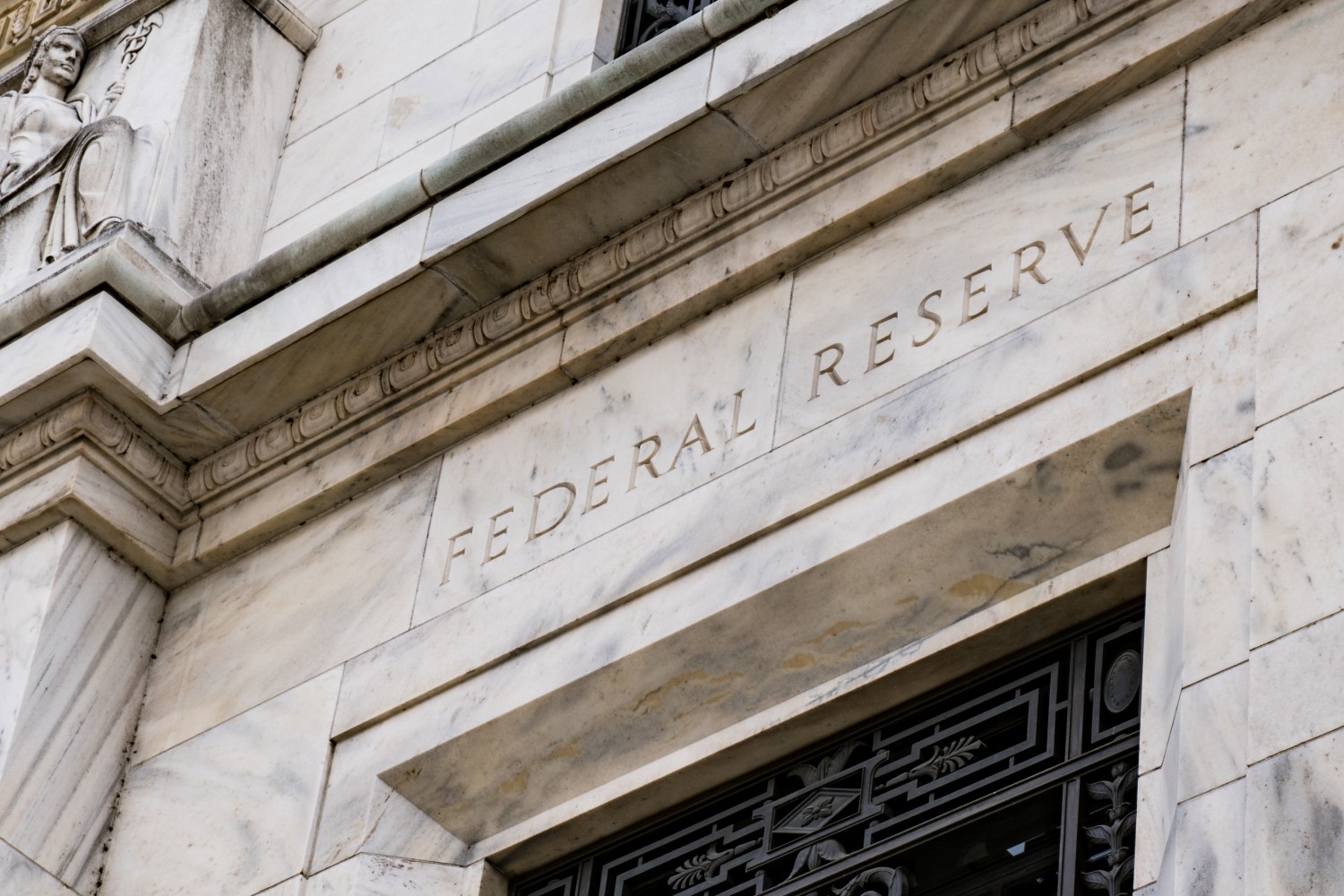Bearish ‘Death Cross’ Price Patterns Loom for Both Bitcoin and US Stocks
Bearish ‘Death Cross’ Price Patterns Loom for Both Bitcoin and US Stocks
Both bitcoin and the U.S. stock markets are staring at a “death cross” – a widely tracked, bearish chart indicator – having suffered sharp losses over the last five weeks.
For bitcoin, the pattern is arising as the 50-day moving average (MA) moves to cross below the 200-day (MA), likely in the next day or two. If confirmed, it would be the first death cross since Oct. 26, 2019, according to Bitstamp data.
Meanwhile, similar crosses are forming on Wall Street equity indices, the Dow Jones Industrial Average (DJIA) and the S&P 500.
The death cross is a long-term bear market signal, according to technical analysis theory. Despite the scary name, it’s based on backward-looking moving average data and is the product of a recent notable price drop.
For example, the impending bitcoin death cross is preceded by the decline from $10,500 to $4,000 in the four weeks to March 13. The massive sell-off has caused the 50-day average to turn lower and drop to the 200-day average.
Bitcoin and Dow Jones crosses

Similarly, the Dow Jones has tanked by more than 35 percent over the last five weeks and is likely to witness its death cross on Monday.
It should be noted that, as a lagging indicator, the death cross often traps sellers on the wrong side of the market, as seen on the historical bitcoin chart below.

As the averages closed in on the death cross on Oct. 25, 2019, the cryptocurrency picked up a strong bid and rose from $6,500 to $10,350 in less than 48 hours.
Another such cross, confirmed at the end of March 2018 was followed by a rise from $6,500 to $9,950.
That said, with the global markets still in panic mode courtesy of the coronavirus outbreak, the latest death cross may not turn out to be a contrary indicator. Amid fears of a recession, investors are treating bitcoin as a source of liquidity rather than a safe haven, as had been anticipated by many.
“Another turbulent week can be expected for Asia markets as more countries lock down in the fight against COVID-19. The West is not looking too great either,” Toby Wu, senior analyst at investment platform eToro, told CoinDesk.
Futures on the S&P 500 fell by 5 percent early Monday, triggering a limit down, while stocks in Asia cratered after the U.S. Senate failed to advance its coronavirus rescue package, bolstering recession fears. At press time, S&P 500 futures are down 3 percent and major European indices are flashing red.
As a result, bitcoin is likely to remain on the defensive. The top cryptocurrency by market value is currently trading at $5,840, representing a 6.57 percent drop on a 24-hour basis, according to CoinDesk’s Bitcoin Price Index.
Daily and 12-hour charts

Bitcoin is trading within the range of the big doji candle created on March 20 for the fourth straight day, a sign of indecision in the market place.
Acceptance under the candle low of $5,670 would imply an end to the corrective bounce from recent lows under $4,000 and shift risk in favor of a drop to $5,000.
That looks likely, as the 12-hour chart shows the cryptocurrency has dived out of an ascending channel.
A move above $6,460 (March 21 high) is needed to alleviate the bearish pressures and open the doors to $7,000.
Disclosure: The author holds no cryptocurrency at the time of writing.
Disclosure Read More
The leader in blockchain news, CoinDesk is a media outlet that strives for the highest journalistic standards and abides by a strict set of editorial policies. CoinDesk is an independent operating subsidiary of Digital Currency Group, which invests in cryptocurrencies and blockchain startups.









